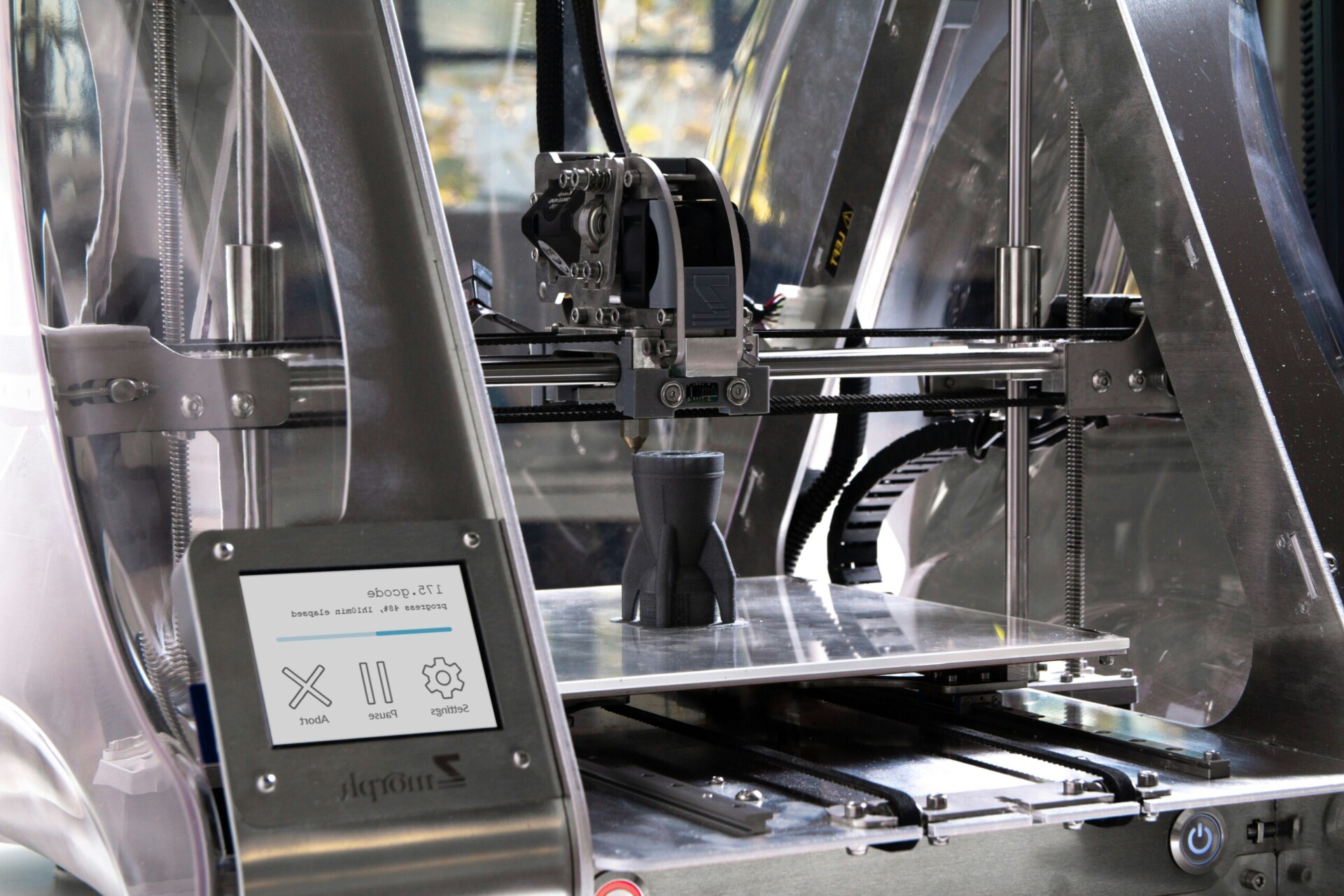3D printing technology is becoming a game-changer in the body armor industry offering new possibilities for customization, weight reduction, and enhanced protection. With its ability to create complex geometries and tailor designs to individual needs, 3D printing allows manufacturers to experiment with innovative materials and optimize armor for both performance and comfort. These technologies are already widely used in medical research and biomechanics but is there a place for them in the defense industry?
Is There A Future For 3D Printed Body Armor?
3D printing could open opportunities for more efficient production processes and more advanced, adaptable protective solutions. In our recent interview with Integris Composites, we delve into the future that 3D printing promises for body armor manufacturers.
My belief is, and that’s not just my belief, that 3D printing is a technology that will find its place within the industry,
says Jan Grimberg, Sales and Marketing representative in the conversation with BodyArmorNews.com.
So far, Integris Composites has integrated 3D printing and 3D measurement technologies into its manufacturing processes, particularly in the ballistic shield and armor sectors. They use advanced 3D measuring tools to create custom protective panels and shields with exact specifications, improving the precision and reliability of their products. 3D printing itself is used primarily for ergonomic trials of handle designs in ballistic shields and it has not yet been field-tested for the shields themselves.
”We use 3D printing now for two reasons. One is we use it for production, for non-ballistic applications, supporting all parts of a ballistic application. But we’re also looking into more development,” says Jan Grimberg, Sales and Marketing executive.
The “Design Your Own Shield” program run by the company benefits from this customization technology. With this innovation, Integris Composites allows police and military units to customize ballistic shields according to their specific mission needs. Clients can define the shield’s shape, handle design, weight, and protection level, ensuring that the shield is optimized for both defense and maneuverability. This user-driven approach enables tailored solutions while maintaining high standards of ballistic protection. In this case, 3D printing technology is being used by Integris Composites to create ergonomic handle prototypes.
Using highly precise 3D measuring arms, the company captures detailed scans of each ballistic item—whether it be a shield, visor, or protective panel. These scans ensure that every contour, cut, and dimension aligns with the specific requirements of the product, resulting in optimal protection and fit.
The process starts with creating a digital DXF file, which serves as a blueprint for cutting the materials. Once the item is produced, the 3D measurement arm verifies its accuracy against the design specifications, ensuring that the product meets rigorous quality standards. This precise method not only eliminates errors but also ensures the highest levels of reliability and performance. For older vehicles or military platforms where detailed drawings may not exist, the 3D scanning technology becomes essential. It captures exact dimensions, enabling Integris to create customized protective solutions that fit perfectly, even in the absence of original schematics.
Future of Ballistic Products
Although the technology is not yet fully incorporated into body armor materials, Grimberg sees potential in using 3D printing in the future.
”I wouldn’t exclude that 3D printing on a larger scale will also be happening later on because it has definitely some advantages. And having the shape and the possibility of geometry that you can make are endless.”
While 3D printing holds great promise for body armor innovation, there are notable challenges to its widespread application in ballistic protection. One major obstacle is the current limitation in material strength. Traditional armor materials, like ceramics and Kevlar, offer proven durability and resistance to high-velocity projectiles, but 3D-printed alternatives must meet or exceed these standards to be field-viable. Achieving the necessary strength and impact resistance through 3D-printed composites, while maintaining lightweight properties, is a complex engineering hurdle.
That’s not all. Although 3D printing excels in creating prototypes and custom parts, producing large quantities at competitive speeds and costs remains a challenge compared to traditional manufacturing methods. Additionally, extensive field testing is required to validate the safety and effectiveness of 3D-printed armor components under real-world conditions, including their ability to withstand extreme environmental factors like heat, moisture, and wear over time.
Companies like Integris Composites are leading the charge by integrating 3D measurement and printing technologies into their design and production processes. Although the full potential of new technology has yet to be realized, it is already proving invaluable in design prototyping and customization. As advancements continue, 3D printing is poised to reshape the future of body armor, offering greater adaptability and innovation in response to evolving security challenges.









